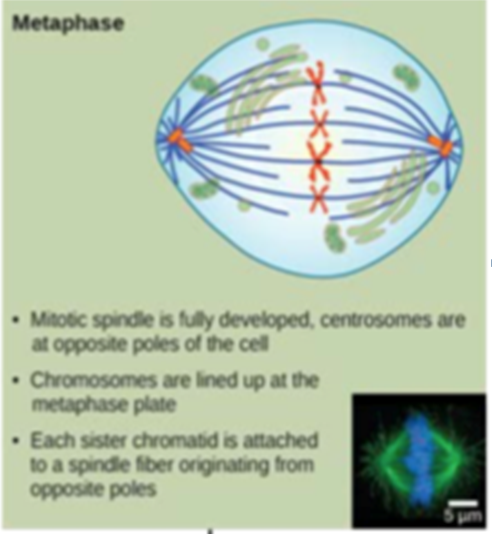A fur color gene in rabbits has a white dominant (W) and brown recessive allele (w). The environment changes suddenly and none of the white rabbits survive. In a population of 10,000 rabbits the initial frequency of W in the pool was 0.7. How many generations would be required to eliminate all W alleles from the population? Assume that there is no mutation and the population meets all other Hardy-Weinberg conditions.
A. 1
B. 5
C. 2
D. 20
E. It can never be eliminated.
Answer: A
Biology & Microbiology
You might also like to view...
The diagram shows a cell in metaphase. What process occurs in the next phase?

a. A cleavage furrow forms, separating the cells.
b. Chromosomes reach their maximum density.
c. Polar microtubules extend, elongating the cell.
d. Nuclear envelopes form around the chromosomes.
Biology & Microbiology
Water obtained from seawater desalination is much cheaper than water pumped from the ground
Indicate whether the statement is true or false
Biology & Microbiology
Treated sewage released into the ocean adds large amounts of ____ into the water
a. bacteria b. DDT c. PCBs d. chlorine e. zinc
Biology & Microbiology
Which reagent is used to test for the presence of starch?
a. I2KI b. Nile blue c. Ninhydrin d. Biuret
Biology & Microbiology